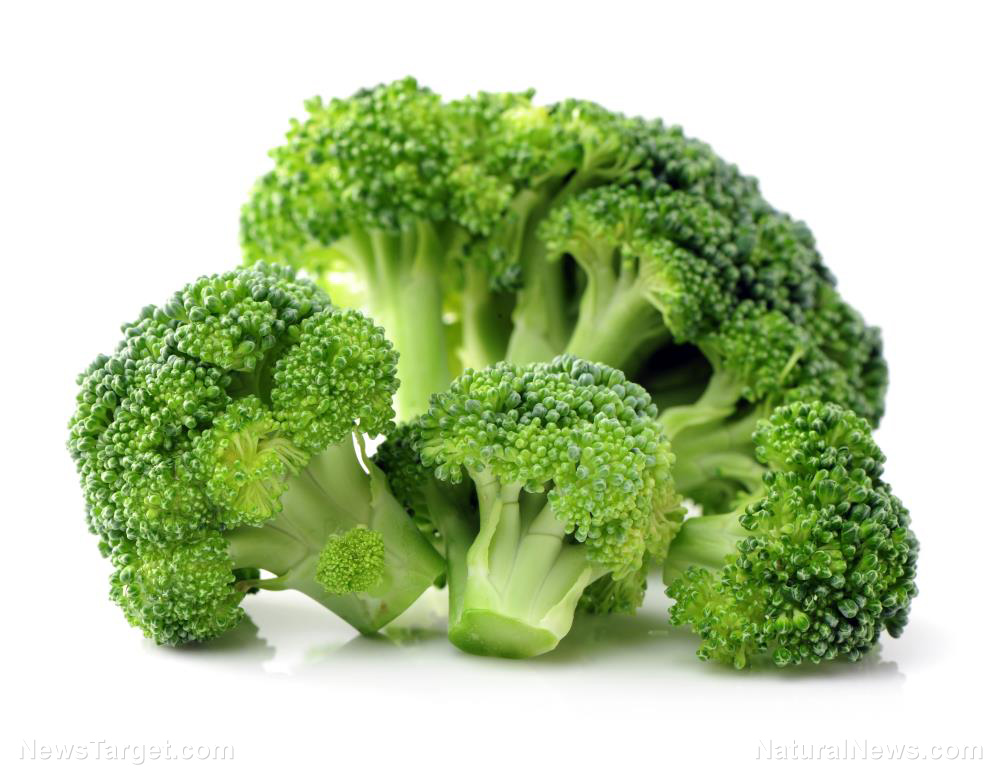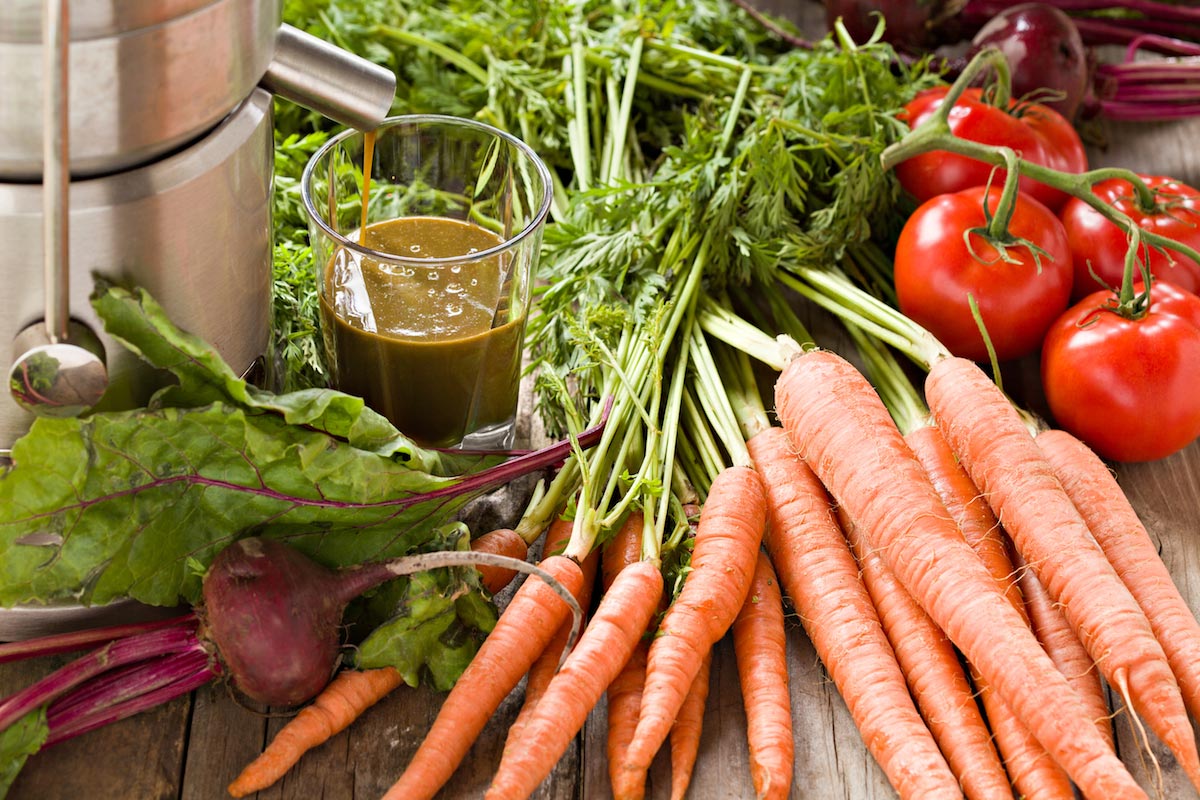Broccoli is a powerful anti-aging food that you should be eating every day
04/15/2019 / By Edsel Cook

Your mother was right when she said that you should eat your veggies every day. One of those foods would certainly have been broccoli. And it turns out that the vegetable is a superfood filled with anti-aging nutrients like antioxidants and collagen.
Broccoli is one of the vegetable superfoods that can potentially solve a lot of problems plaguing your health. This ingredient has probably been hanging on the crisper all this time, waiting for you to notice it. Now you have a new reason to try out all of the recipes that feature broccoli.
A member of the cruciferous vegetable family, broccoli is completely edible from the crowded clusters of dark green florets at its top to the very tip of its stem. It provides a lot of nutrition, being filled with vitamin A and vitamin C, and containing large amounts of calcium and iron.
In particular, vitamin C is synthesized by the body for production of collagen, a protein that helps maintain the youthful appearance of the hair, nails, skin, and other external parts of the body. Collagen is considered to be a youth-preserving nutrient, and it needs a lot of vitamin C. (Related: Fight the signs of aging by taking astaxanthin.)
The health benefits of eating broccoli
In addition to providing the main ingredient for the anti-aging protein collagen, broccoli can prevent inflammation that opens the door for the arrival of more serious diseases. The functional food contains plenty of antioxidants, including vitamin C.
Antioxidants take out the harmful free radicals that oxidize cells and tissues. By preventing the onset of oxidative stress, antioxidants stop the inflammatory response of the immune system, which in excessive doses or unnecessary incidents can aggravate cellular and tissue damage.
There are many ways to prepare broccoli for consumption. You can dispense with cooking altogether and just eat the vegetable raw. Or you can steam it for a hot meal that preserves most of its nutrients, including the important vitamin C. If you hunger for fancier cooking, you can compensate for the loss of nutrients by simply eating more of the veggie.
Whatever the means by which you prepare broccoli, you should remember to use the whole head. Every part of the vegetable can be eaten, and all of those parts have the vitamin C your body needs to produce the anti-aging collagen protein. Waste not, want not with this superfood.
How to make a delicious, nutritious broccoli pesto
One recipe for broccoli calls for turning it into a pesto sauce for use with pasta dishes. Start by removing the hard outermost parts of the stems with a vegetable peeler. After peeling the stems, cut them into thin pieces.
Toss the sliced stems and florets with garlic and olive oil. There should be enough oil to cover the broccoli and the garlic. Then roast the tossed veggies in an oven until the broccoli starts getting charred. This should take about 20 minutes.
At this point, you can reserve some of the roasted broccoli as a garnish for the pasta, or you can go all out and use all of the vegetables in the pesto. A typical pesto is traditionally made by grinding nuts until the become creamy before adding herbs, lemon, and garlic. The mixture is then ground up some more until it becomes creamy again. Cheese and olive oil are added for the final grinding.
This particular pesto calls for almonds in the first step, the addition of arugula, roasted broccoli, and lemon for the second step, and finally the cheese, olive oil and the water used to cook pasta for thickening. You can use a food processor to speed up the chore.
Sources include:
Submit a correction >>
Tagged Under:
anti-aging, antioxidants, broccoli, collagen, cruciferous vegetables, food is medicine, functional food, grocery cures, healthy food, how to, nutrients, prevention, skin care, Veggies, vitamin C
This article may contain statements that reflect the opinion of the author
RECENT NEWS & ARTICLES
COPYRIGHT © 2017 NUTRIENTS NEWS





















